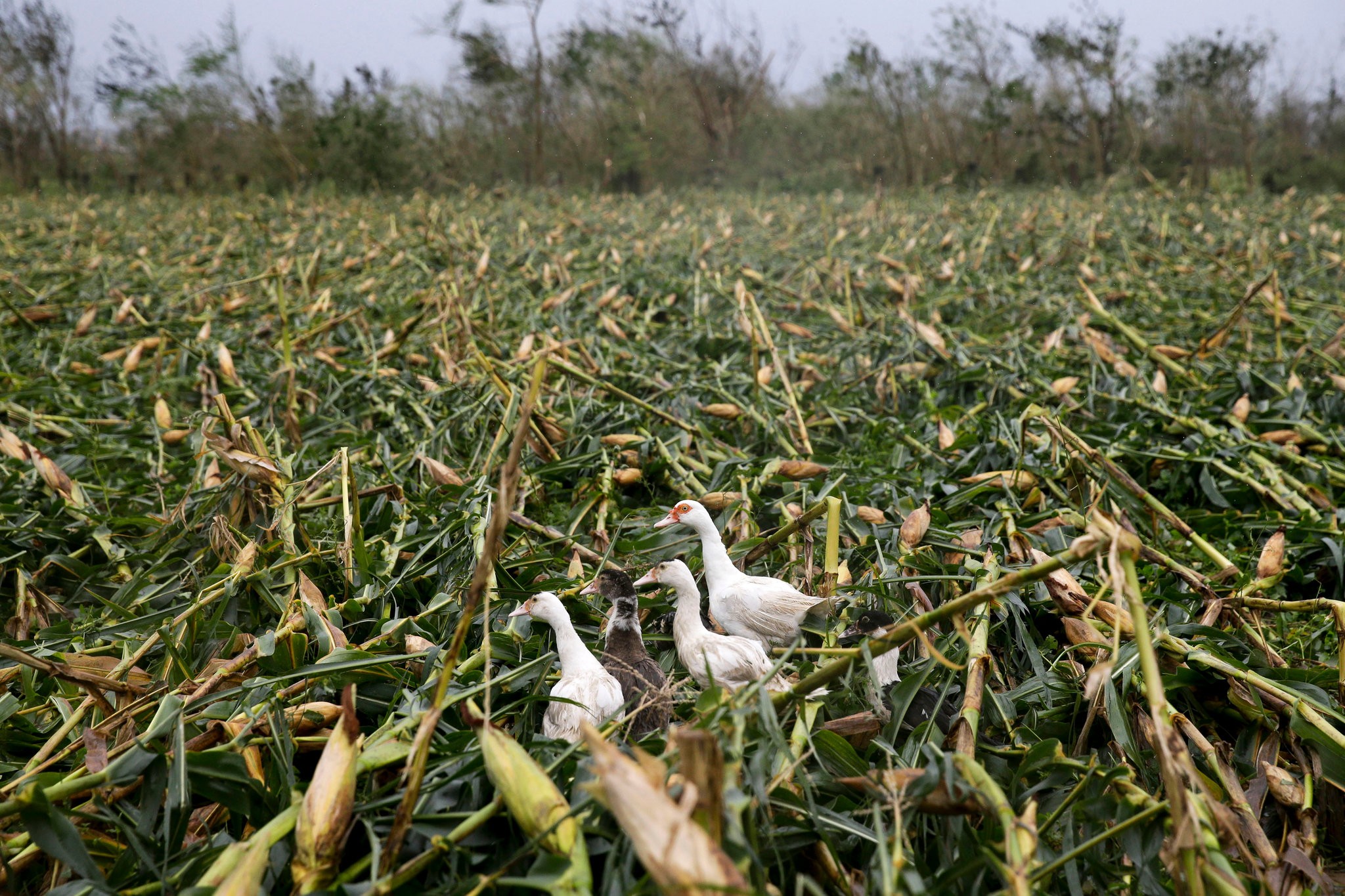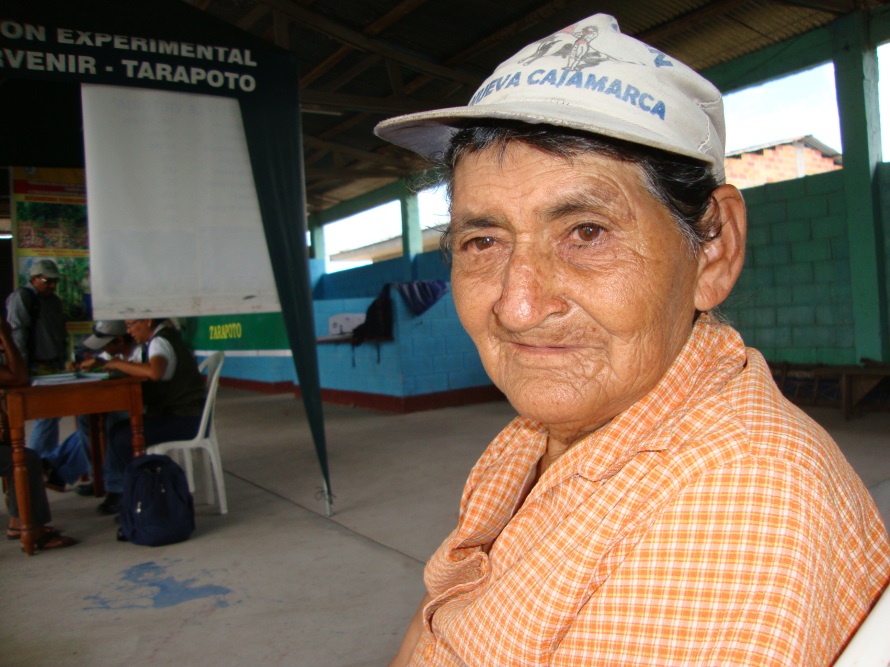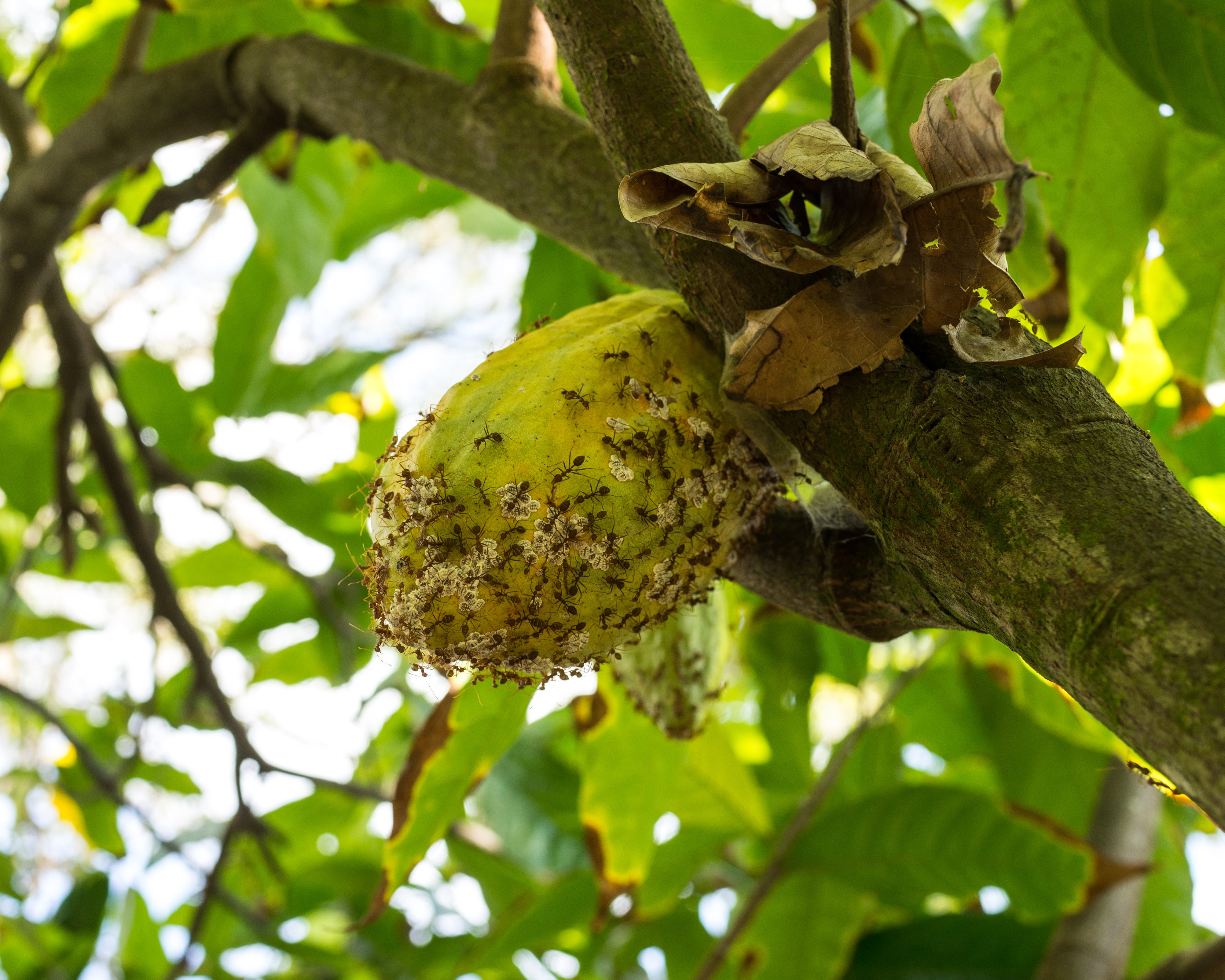Ashfall from a volcano in the Philippines has had a deadly effect on agriculture in the area – particularly coffee crops.
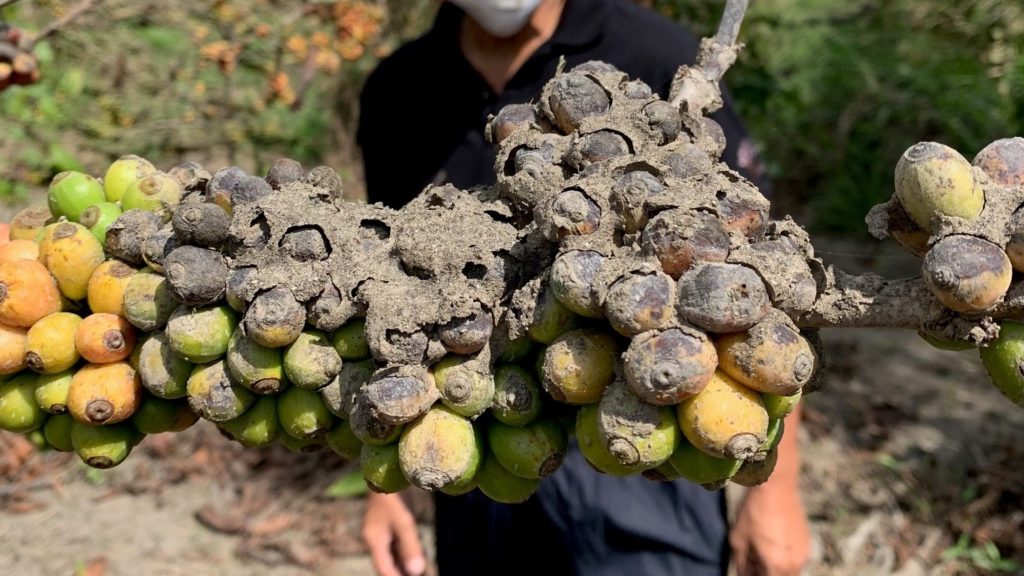
On January 12, Taal Volcano, located on the island of Luzon began spewing plumes of steam and ash. By 3.30 the following morning lava erupted from the volcano’s main crater. Local communities evacuated as ash began to blanket the land, covering up to a 16-mile radius, with winds blowing ash even reaching the country’s capital, Manila, 31 miles away.
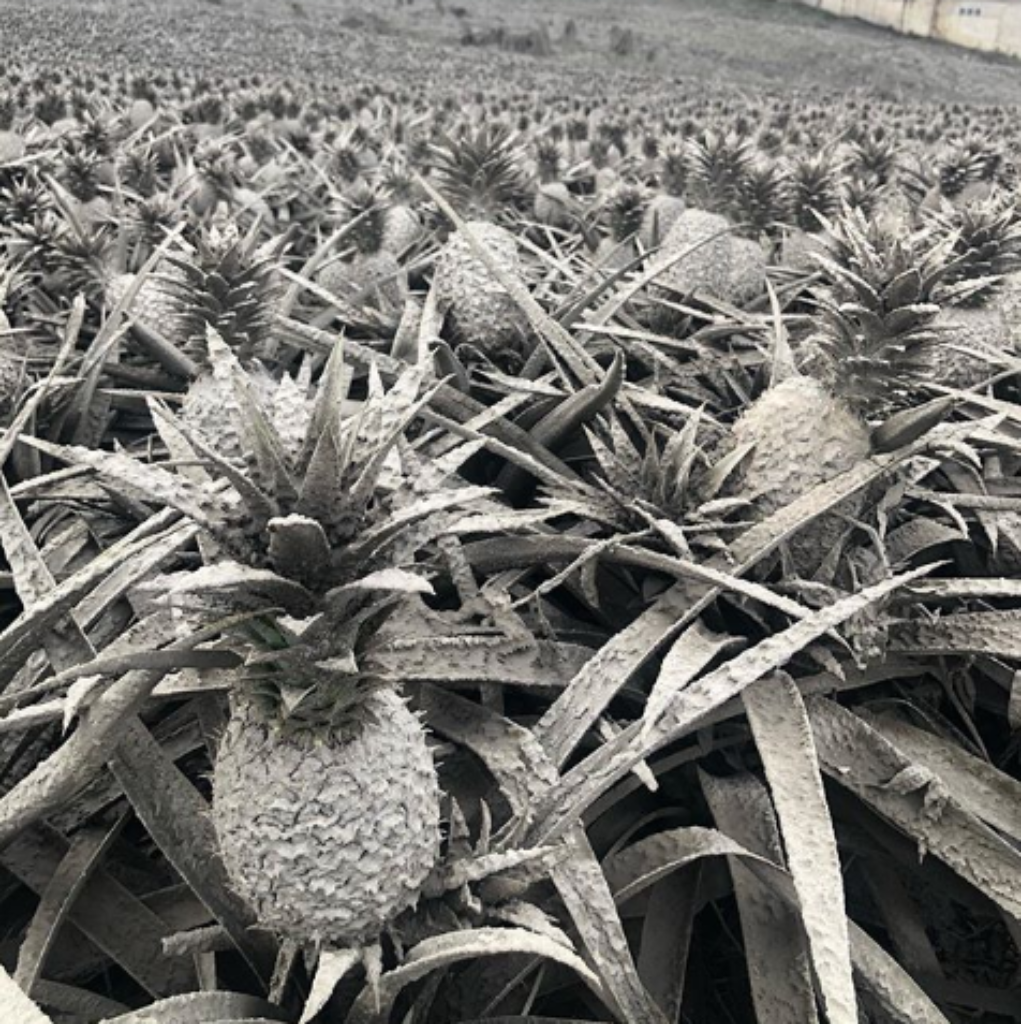
In the aftermath, the Department of Agriculture declared that the total agricultural damage had reached P3.06 billion (USD 60.1 million) affecting crops such as rice, corn, cacao, banana, pineapple, and coffee. As well as almost 2,000 livestock animals.
Coffee crops were worst-hit though, with ash covering over 4,000 hectares of coffee farmland. The Philippines grows 4 commercial varieties of coffee – Robusta, Arabica, Excelsa, and Liberica.
In the provinces of Batangas and Cavite, farms growing the popular Liberica variety – known locally as kapeng barako or Barako – could stand to lose up to P1.2 billion (USD 23.6 million). In fact, the damage is so severe that there are fears that this variety is in danger of becoming extinct.
Barako variety most at risk
Philippine Barako is a prized coffee variety famed for its strong flavour and sharp aroma and requires a particular climate and elevation to thrive, making it a more laborious variety to grow. It is cultivated at elevations of around 300 metres above sea-level and needs distinct wet and dry seasons. The plant is larger than other coffee varieties meaning it needs more land to produce the same amount and so farmers have been switching to planting Robusta, which is mainly used for instant coffee.
Losing the prized Barako coffee variety is certainly bad news for coffee drinkers but also poses a more serious threat – the loss of biodiversity and resilience farmers can count on in the face of pests and diseases, and climate change.
“The Barako leaves are bigger than other varieties, so it bore the weight of more ash during the eruption. The ashes destroyed our 5000 seedlings. Only 187 survived,” said Pacita Juan, president of the Philippine Coffee Board Inc (PCBI).
“As it is harvest time, we will collect the remaining fruits and make them into planting materials or seeds for sowing to continue the propagation of this variety. We will also bring seeds to other areas far away from the volcano,” she continued.
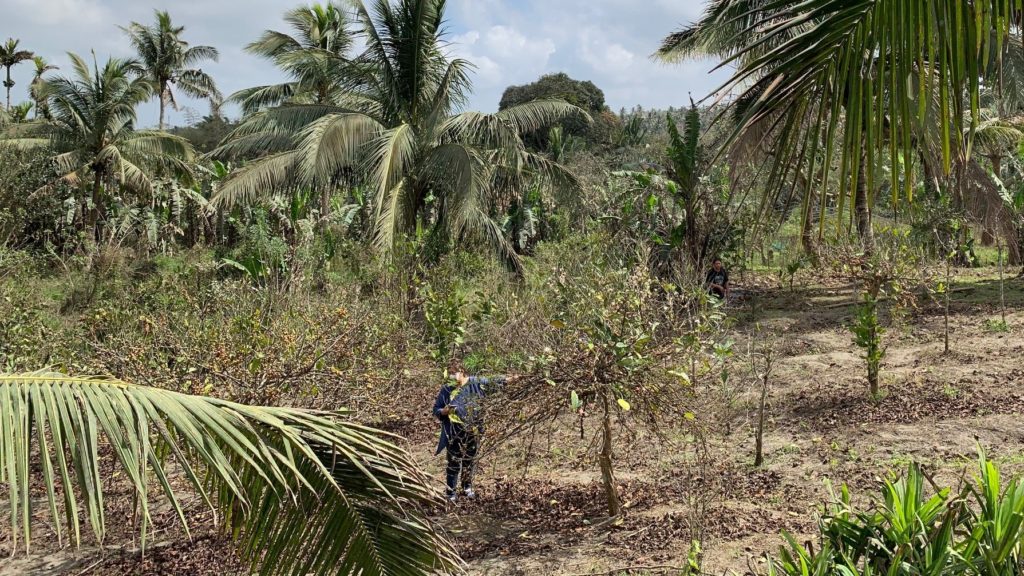
Saving the coffee crop
PCBI plans to use a third of the harvestable coffee as seedlings to be planted in other areas such as the island of Mindanao, at the opposite end of the country.
With Barako coffee in short supply – a loss of approximately 40% – prices are expected to soar and PCBI estimates that it will take around two years for the industry to significantly recover. In total, coffee farmers will lose around 5,000 metric tons of green coffee beans.
The challenge now is not only to save Barako coffee but also ensure farmers do not lose interest in it and switch to planting other crops.
“The demand for coffee is strong. The consumption is rising, but production is dwindling, if not plateauing,” Juan added.
Evacuated communities have now returned to their homes. Agriculture Secretary, William Dar, has distributed P160 million (USD 3.2 million) in aid for affected farmers, as well as fisherfolk who were also among the hardest hit.
Find out more:
Agricultural damage by Taal Volcano eruption climbs to P3.06 billion
Barako coffee at risk of extinction due to Taal eruption
Read more:
The continuing struggle for onion farmers in the Philippines
Related News & Blogs
The continuing struggle for onion farmers in the Philippines
Photo by Paul Magdas on Unsplash Since mid-2022, the price of the humble red onion has been increasing in the Philippines. In December of last year, the price surged to around 700 pesos ($12.80; £10.40) per kilogram. Making onions more e…
14 February 2023


